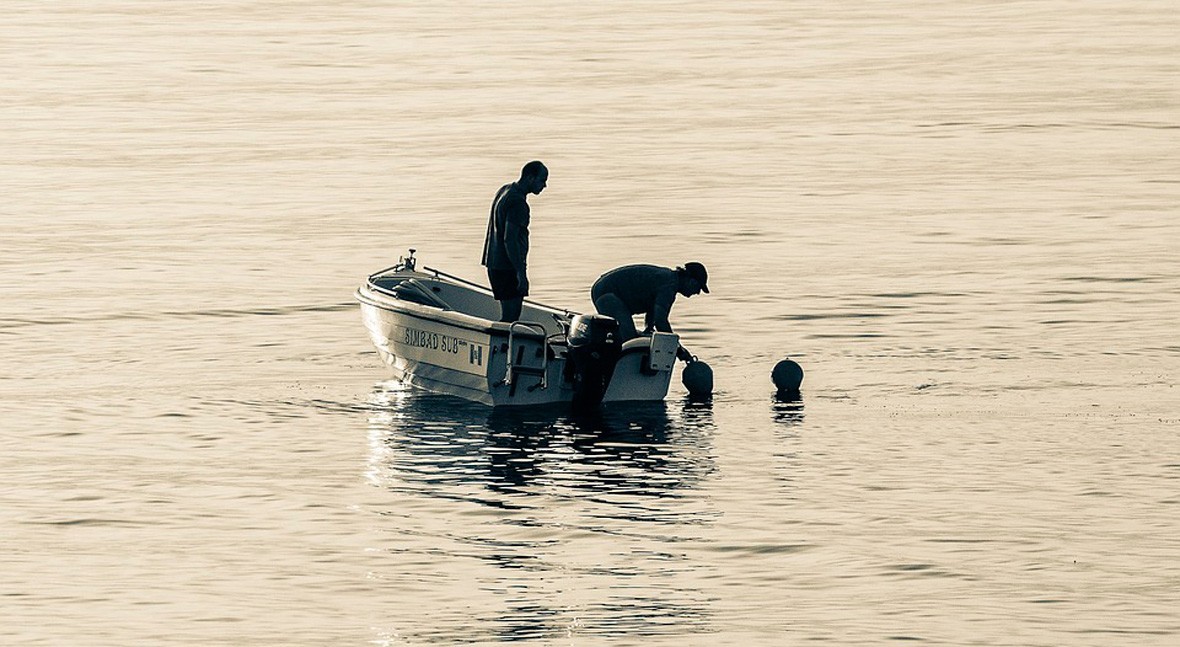Mankind faces a serious global water crisis. The predominant view is that this crisis has been brought about by water scarcity, and true enough, the availability of freshwater is decreasing in leaps and bounds (water scarcity already affects 4 out of 10 people according to WHO), but lack of access to water implies more than that. Are we aware of the magnitude of the problem?
Distance = Velocity x Time
Some experts in the water sector have warned (and recognised) that the regions with a largest share of water resources are the very same ones who do not manage those resources appropriately, as is the case of the Latin American region, with the largest freshwater reserves in the world. Therefore, it is also a water resource crisis brought about by our management approach. In fact, the problem is not the amount of water, but its distribution worldwide, and its quality.
Even though it may seem like it, the uneven distribution of water resources (DISTANCE) is not a physical problem in itself. Current technologies for water treatment, desalination and transport allow us to produce, store and transport quality water anywhere in the world, and also allow accelerating (VELOCITY) the processes that are part of the water cycle, with humans as part of it, in places where the water cycle almost does not exist, or it is not effective. This is done according to plans that establish short, medium and long term objectives (TIME).
One of the major challenges humankind faces is finding a balance between the water demand and the availability of water
Poverty = Distance / Time
Six hours. For some people, this is the amount of time they spend at work every day, or the time they spend with their family, or watching football, films or series on TV on a Sunday. Yet, in other parts of the world, millions of people must walk 6 hours each day to get water for domestic use. As Carlos Garriga, Project Manager at We Are Water Foundation has said, 'more than 600 million people spend 125 million hours each day just to get water'.
This is an aspect of the world water crisis: in impoverished countries, often women and children have to walk a long distance from their village to the nearest source of water (DISTANCE) According to Water.org data, 260 billion dollars are lost globally each year as people spend too much time getting drinking water. The 6 hours spent daily (TIME) add up every week, and take time away from families, time which could have been used to earn an income or contribute to the local economy (POVERTY).
The law of supply and demand
The law of supply and demand is the basis of a market economy; it explains the interaction between the demand for a product and the quantity supplied, taking into account the price of sale.
Our current model of development means we need gradually more water to meet the needs of the population (DEMAND). Exponential population growth increases the demand for water resources, which are increasingly more scarce (SUPPLY), and availability is clearly uneven among countries. One of the major challenges humankind faces is finding a balance between the water demand and the availability of water.
One of the major challenges humankind faces is finding a balance between the water demand and the availability of water
Independent and dependent variable
In the scientific method, the independent variable is the one under study: it is changed or controlled and affects the results directly, and the dependent variable depends on the changes in the independent variable.
Climate (INDEPENDENT VARIABLE) determines how water availability (DEPENDENT VARIABLE) varies in space and time. Although climate is something that humans cannot control as they wish, it is something that, either directly or indirectly, we are manipulating, causing climate change. Thus, according to the World Water Development Report: Water for People, Water for Life by UNESCO, recent estimates suggest that climate change will be responsible for an increase of about 20% in global water scarcity.
Quantity ≠ Quality
Quantity does not always entail quality, and in the water sector this statement can be applied more than once. According to the UN, at the human level, water cannot be seen in isolation from sanitation. Together, they are vital for reducing the global burden of disease and improving the health, education and economic productivity of populations.
This implies a need to find a balance between both factors; in many countries, although water availability is not an issue, water quality is not always suitable for use and consumption. Thus, health, safety and survival parameters are directly related to the availability (QUANTITY) of clean water (QUALITY).
Perceived value
The concept of perceived value was defined by Zeithalml (1988) as 'the consumer's overall assessment of the utility of a product based on perceptions of what is received and what is given'. In the case of water, the value of the water service perceived by the citizen is inversely proportional to its availability. Because it is a universal truth that human beings do not appreciate something until they miss it (or it becomes scarce), and water, as a resource, fits perfectly with this.
The solution
It seems that the crisis is becoming worse and it will continue to do so unless corrective measures are taken. We know about the problems (at least the essential ones) and where they are, and we have enough knowledge and experience to start dealing with them. However, the actions proposed to address this world water crisis still seem inadequate. What are we waiting for?








